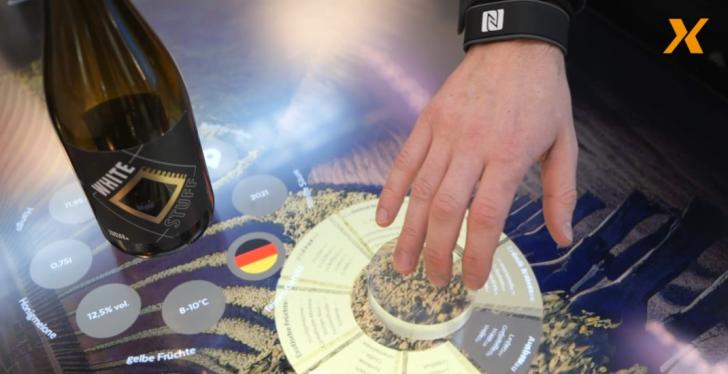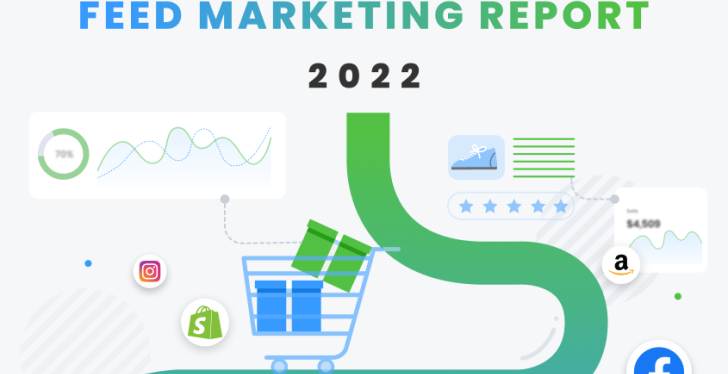Company News • 15.04.2013
The life of buy – engaging with consumers in a multi-channel world.
Comment by Phil Dean, Managing Director of Communisis
The decision to purchase a big ticket item is now informed, complex and divided in contrast to being simple, standardised and passive just a few years ago. What will remain constant, however, is that the journey will begin with the consumer meeting a brand – the first brand-to-consumer touch point – and end with the consumer making a purchase, and so becoming a customer.
This journey can be mapped in four stages. This runs from awareness (identifying a need), to research (analysing the product and market), on to purchase (experiencing the product and brand) and finally to post-purchase (opinion sharing with peers).
But this journey isn’t necessarily linear; a customer can start at any stage – they might buy to satisfy an ‘I want one of those now’ impulse. They can skip a stage, for example because they don’t want to conduct extensive research. But whatever route the journey takes, brand communications will have a fundamental influence on if – and how – the customer reaches the next point in the journey.
We’ve seen a significant shift in power from the brand to the individual to the point where the brand now no longer sells to the customer; rather the consumer chooses to buy. Each purchase involves multiple communication channels that often provide competing messages. Social networking has come to the fore, with more peer to peer communication. While this makes consumers better informed than ever, the journey is now more complex and personal to each individual. Moreover, customers can potentially experience an information overload.
Looking at the four stages of today’s customer journey, at each touch point the customer is confronted with a vast array of information sources and opportunities to buy. For example, in awareness, the customer not only has print and web advertising, mobile communications and SMS, but can also utilise channels that didn’t even exist just a few years ago such as Facebook and Twitter.
They might augment traditional research by crowdsourcing their social networks – which typically consist of at least 100 people – to get views from peers, while looking on YouTube to see a ‘live’ demonstration of the product. Post-purchase they can become a brand advocate by posting a review to an online forum. “Augmented reality” smartphone apps might even give them the opportunity of a live preview of what the product will look like in their home.
The pace of change of the customer journey will only increase and in just five years’ time, we expect the journey to look very different to now. We describe the future purchase as being ‘precise, personal and two-way’. It won’t be a question of online versus offline communications. They will have to be inline, which means they must be seamless, with every channel delivering the same message.
Brands will have one-to-one conversations with each customer – and this conversation will be genuinely two-way. Moreover, by making smarter use of rich data, brand communications will be intelligent, dynamic and engaging.
In practice this means that the personal technology customers use, such as tablet computers, will be fed data that is directly relevant to them. Awareness will be built by trigger-driven advertising which employs multiple channels to reach the customer and which is location aware. No longer will the customer make a purchase on gut feel but rather by gathering the views of thousands of people who are totally independent of the brand. Driven by data, the purchase will integrate web and store commerce and the salesperson will ‘know’ the customer.
So as the customer journey evolves, a real opportunity exists for marketers to align communications to make the journey faster, more convenient and less confusing. Increasingly data will be used to engage customers and supercharge the creative content. Ultimately the goal must be to build customer loyalty by creating communication campaigns that add value at every stage of the journey.
channels: multichannel commerce








